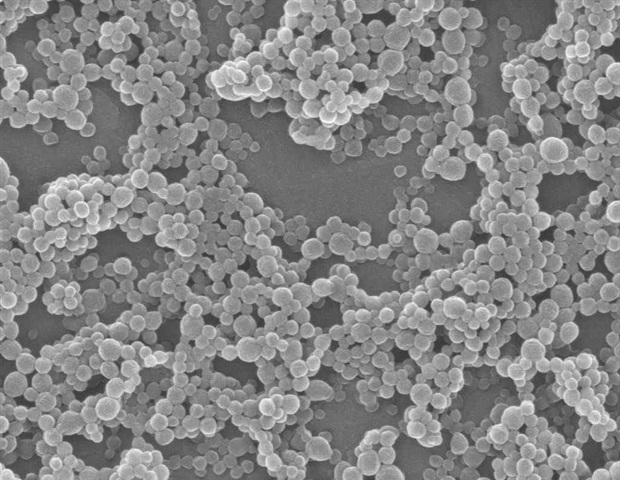Blog
Nanoparticles offer new hope in the treatment of alcohol-related liver diseases
More than 1.5 billion people worldwide suffer from chronic liver disease. The U.S. Centers for Disease Control and Prevention reports that it kills more than 52,000 people a year in the United States alone, making it the ninth leading cause of death in the country.
Despite this significant impact on society, alcohol-related liver disease (ARLD) remains largely unaddressed in medical research. Texas A&M University researcher Dr. Jyothi Menon wants to change that with a promising new therapy she is developing. Her findings were recently published in the journal
Liver disease is increasing rapidly around the world and there is a significant risk that it will slowly develop into more dangerous conditions such as cancer. The opportunity to use our technologies to develop effective solutions to counter these advances is what drives me and drives this research.”
Dr. Jyothi Menon, Associate Professor, Department of Biomedical Engineering, Texas A&M University
Although current treatments for ARLD focus on stopping alcohol use and anti-inflammatory drugs Menon and her colleagues at the University of Rhode Island are taking a much more focused approach. They developed microscopic nanoparticles that are a thousand times smaller than the diameter of a human hair. These safe and biodegradable nanoparticles can seek out damaged liver cells and attach to them. By binding to cells, nanoparticles help stop them from fueling disease progression.
In a healthy person, the liver is a naturally self-healing organ, able to regenerate most of its functions, even if 70% to 80% of its functions have been damaged. A key part of this healing process are immune cells called Kupffer cells, which protect the liver against infection and harmful substances. In a healthy liver, they also produce proteins that promote an anti-inflammatory response in other liver cells.
In chronic liver disease, when liver damage progresses and repeated damage occurs, the organ’s self-repair functions also become impaired. Then the liver unintentionally begins to harm itself. Kupffer cells that were struggling before inflammationstart releasing protein signals with the opposite effect – increasing inflammation and encouraging other liver cells to form scar tissue in a process called fibrosis.
The consequence is life-threatening organ dysfunction and even fatal liver cancer.
Menon Lab nanoparticles have been designed to stop this harmful process. Their surface is designed to recognize and selectively bind to a protein found only on Kupffer cells in the liver, allowing them to avoid other types of liver cells. This protein acts as a receptor on the cell membrane, receiving chemical signals and triggering cellular behaviors in response. When activated by the nanoparticle coating, it promotes beneficial anti-inflammatory effects in Kupffer cells, rather than increasing inflammation and scarring. The nanoparticles also release anti-inflammatory drugs as they break down, delivering the drug directly to the cells that need it most.
“Instead of focusing on the cells that produce scar tissue, we take a step back and focus on the Kupffer cells themselves to prevent them from stimulating other cells in the liver and causing fibrosis to progress,” Menon said.
The result is much greater than the sum of its parts.
“The individual ingredients by themselves did not have much of a therapeutic effect,” Menon said. “But when we administered the final formulation with all the ingredients, it reduced inflammation and lipid droplet formation, which is caused by fat accumulation in the liver. It was only when we combined all of these factors that it actually had an effect.”
Reaching this point was no easy task. Because Menon’s team is among the first to attempt this type of approach, there was no previous research to rely on.
“As one of the first groups to even approach something like this, using nanoparticle-based drug delivery systems, there was no prior literature to help us figure out what obstacles might arise as we embark on this research,” Menon said. “For the first time, we were able to confirm that these particles could attack Kupffer cells, which was very exciting for us.”
While Menon is currently focused on alcohol-related liver disease, her nanoparticle therapies have much broader applications. Targeted nanoparticles may be the future of treating diseases in many parts of the body.
“We have very promising preliminary work that shows that this formulation can selectively target a specific population of cells in the liver to deliver therapy and could potentially have a significant impact on the treatment of chronic ARLD,” she said. “Our formulations are versatile so they can be adapted or modified to treat other types of inflammation and fibrosis in other organs.”
Source:
Magazine number:
Unagola, J.M., . (2025). A novel nanoparticle system targeting Kupffer cells to alleviate alcohol-related liver disease. . doi.org/10.1016/j.biomaterials.2025.123623

